Huawei Mate 50 Pro and Xiaomi Mi 12S Ultra, the two most popular domestic flagship models this year, have attracted the attention and discussion of the majority of user groups since their respective releases, especially since the camera experience of the two has become a debate. Focus topic. This year, Huawei Mate 50 Pro is not equipped with the Leica imaging technology that has been used for many years in the past, but instead uses the self-developed Huawei XMAGE imaging technology.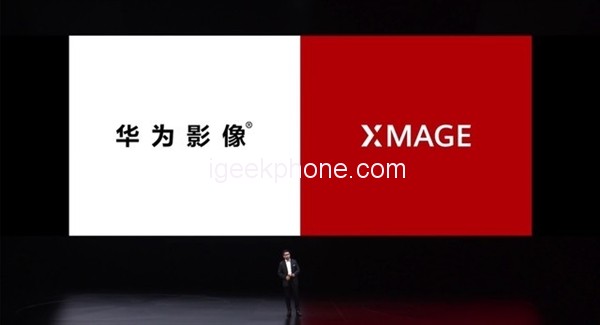
The Xiaomi Mi 12S Ultra newly adopts Leica imaging technology, integrating Leica’s optics and imaging technology into its flagship mobile phone imaging system. Such a situation makes people wonder whether the Huawei Mate 50 Pro, which uses Huawei’s self-developed imaging technology, can surpass the Xiaomi Mi 12S Ultra with the Leica image + 1-inch outsole main camera combination in terms of shooting experience after losing the Leica technology blessing.
As usual, before entering the comparison of the real shots, let’s analyze the image configuration of these two models. Let’s talk about Huawei Mate 50 Pro first. The rear camera module of this model continues Huawei’s usual configuration combination, equipped with a 50-megapixel super-optical camera + 13-megapixel ultra-wide-angle camera + 64-megapixel periscope telephoto Camera.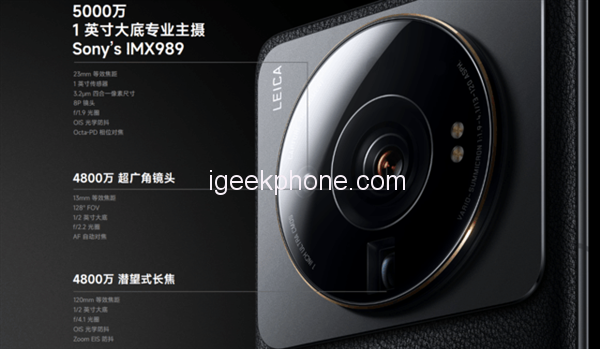
Among them, the 50-megapixel super-optical variable camera adopts the outsole RYYB main camera sensor, equipped with 10-speed variable aperture technology, the maximum equivalent aperture value is F1.4, and the minimum equivalent aperture value is F4; 13-megapixel super wide-angle camera It supports 2.5cm super macro shooting; the optical equivalent focal length of the periscope telephoto camera is 95mm, which is about 3.5X optical zoom factor compared to the main camera. The entire rear camera module of the Huawei Mate 50 Pro is supported by Huawei XMAGE imaging technology. Huawei officially claims that this technology can combine science and culture, drive art with technology, and provide consumers with a unique, extraordinary, and beautiful mobile imaging experience.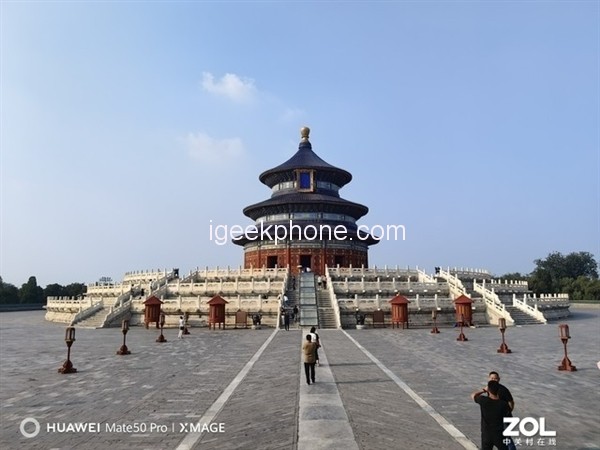
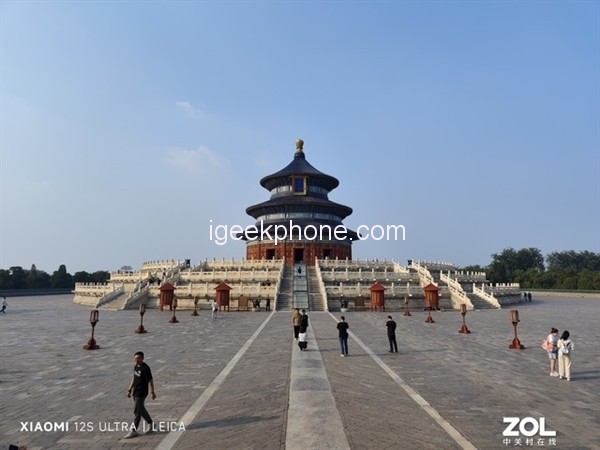
The rear camera module configuration of Xiaomi Mi 12S Ultra is a combination of a 50-megapixel 1-inch outsole main camera + 48-megapixel periscope 5X telephoto lens + 48-megapixel ultra-wide-angle lens, which continues the configuration of Xiaomi Mi 11 Ultra as a whole. , the main camera has been replaced with the more powerful Sony IMX989 1-inch large photosensitive element with an equivalent aperture value of f/1.9. The entire rear camera module of the Xiaomi Mi 12S Ultra adopts Leica optical technology. The lens adopts new technologies and processes such as cycloolefin material lenses, infrared filter spin coating, edge-by-chip ink coating, and ultra-low reflection coating.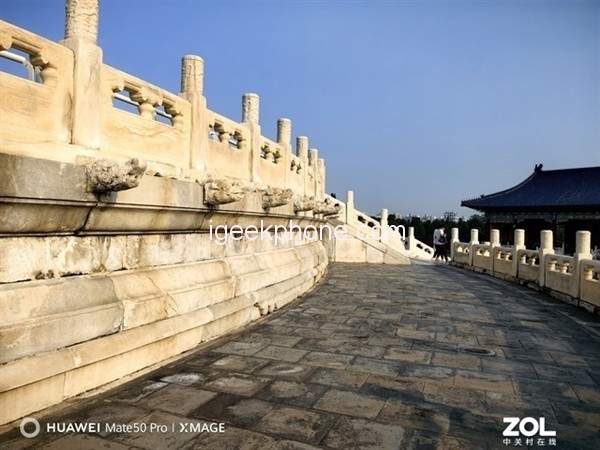
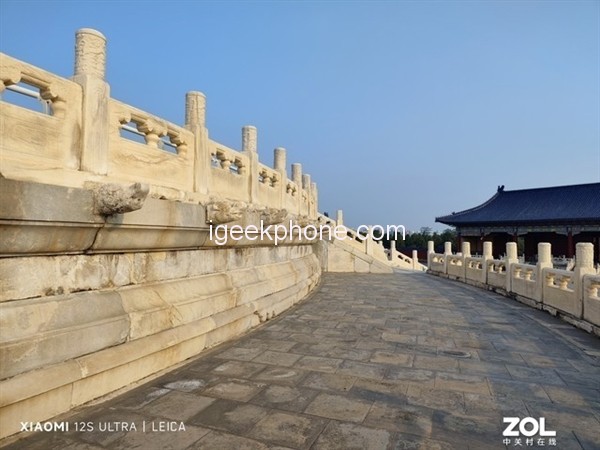
Through comparison, we can find that the Xiaomi Mi 12S Ultra seems to be better in hardware configuration, but the imaging experience of the mobile phone is not only determined by the hardware configuration. The computing power of the mobile phone, the optimization of the imaging algorithm, and the style adjustment will all affect the imaging effect. Influence, let’s enter the real shot comparison link.
First of all, let’s do the most basic main camera image quality comparison. We will divide the main camera image quality comparison into three parts: daytime main camera image quality comparison, daytime main camera vivid color mode comparison, and night scene main camera image quality comparison. Let’s first compare the image quality of the main camera during the day. As the two latest flagship models this year, the basic image quality of the two main cameras in the daytime is almost the current flagship level, but by comparing the details of the picture, we can Still able to spot the differences between the two.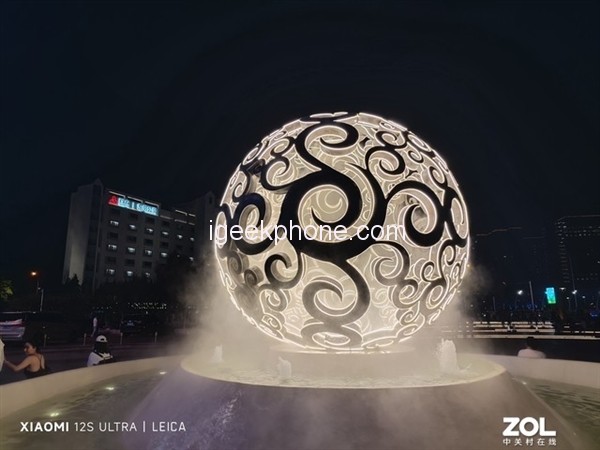
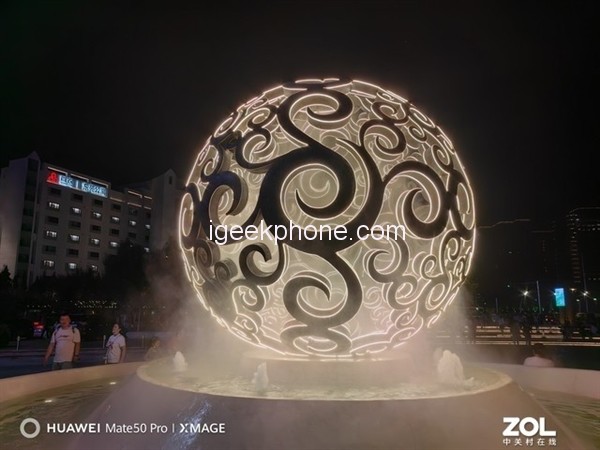
The main camera of Huawei Mate 50 Pro and Xiaomi Mi 12S Ultra has almost no difference in the display of building details in the picture. The main difference is reflected in the details of the thin clouds in the sky. Huawei Mate 50 Pro can record more In terms of the overall picture style, the picture of the Huawei Mate 50 Pro is brighter, but the picture also has obvious traces of computational photography. The overall style is more pleasing to the user’s attention, and the picture style of the Xiaomi Mi 12S Ultra is closer. The actual look and feel of the shooting scene at the time.
After the main camera comparison, let’s compare the color mode of the main camera. Huawei Mate 50 Pro is equipped with XMAGE image style based on Huawei XMAGE imaging technology, which includes vivid color mode; Xiaomi 12S Ultra with Leica imaging technology also provides Leica color mode. In this comparison, we chose Leica’s vivid color The Leica in mode is vivid.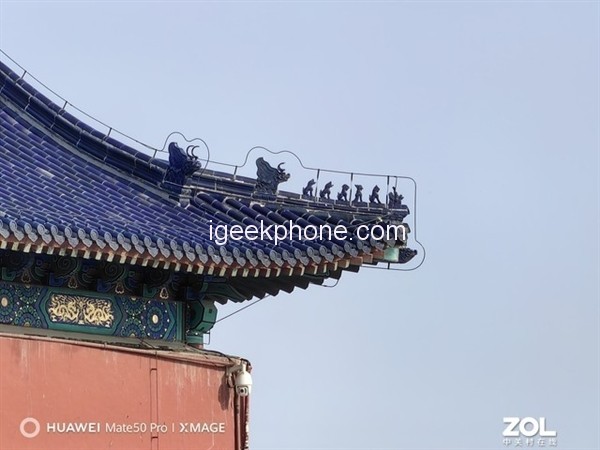
Through the comparison of proofs, it can be found that the imaging colors of Huawei Mate 50 Pro’s vivid mode are more vivid than Xiaomi 12S Ultra’s Leica. Changing the color style, it brings a more impactful visual perception. More akin to fine-tuning the tone of the original photo.
Next, let’s talk about the night scene shooting performance of the main camera. For mobile phones, night scene shooting is the concentrated expression of its comprehensive image strength.
Through the real shot proofs, it can be found that the overall picture of the Xiaomi Mi 12S Ultra proofs is clean and clear, and there is basically no noise visible to the naked eye, which can be said to be the result of the main camera and computational photography; The performance is also quite good, and the overall image brightness is slightly higher than that of the Xiaomi Mi 12S Ultra.
The performance of the telephoto lens is also the focus of our daily attention. In the actual test process, due to the different optical focal lengths of the Huawei Mate 50 Pro and Xiaomi Mi 12S Ultra telephoto lens, we chose two optical focal lengths that do not belong to these two models. The anchor points for testing are 2X zoom and 10X zoom.
The first is the 2X zoom comparison. First of all, it can be seen that since the main camera focal length of the Huawei Mate 50 Pro is 27mm, the 2X focal length of the Huawei Mate 50 Pro is farther than the Xiaomi Mi 12S Ultra with a main camera of 23mm. Through comparison, it can be found that thanks to the blessing of Huawei XMAGE imaging technology, the picture quality of the center of the picture of Huawei Mate 50 Pro is significantly higher than that of the Xiaomi 12S Ultra. We can clearly see the text on the plaque of the Prayer Hall through Huawei’s proofs.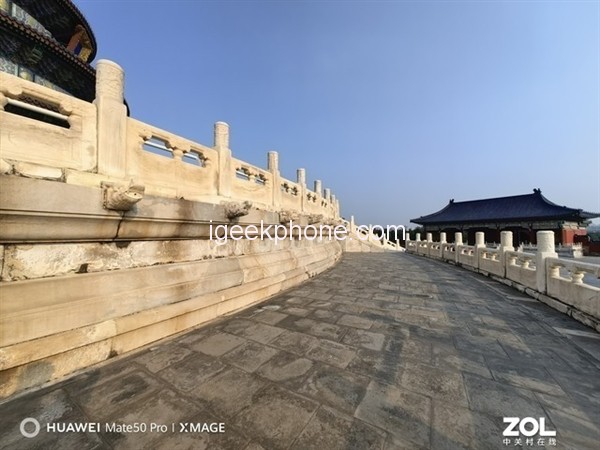
In the 10X telephoto comparison, although the optical focal length of the Xiaomi Mi 12S Ultra is longer, the real-shot proofs show that the actual imaging effect of the Huawei Mate 50 Pro is better, and the picture details are clearer.
Finally, the comparison of the ultra-wide-angle proofs. Through the parameters, we can find that the ultra-wide-angle lens of the Xiaomi Mi 12S Ultra is better, so what is the actual performance? Through the comparison of real shots, it can be found that there is no obvious difference in the center image quality of the ultra-wide-angle samples taken by the two models. Thanks to the advantages of the high-pixel sensor, the ultra-wide-angle samples of the Xiaomi Mi 12S Ultra perform better in the edge image quality. for excellent.
Read Also: Huawei’s New Flagship Earphone FreeBuds Pro 2 Debuts
Verdict
Through the actual measurement and comparison, it can be found that the image strength of Huawei Mate 50 Pro and Xiaomi 12S Ultra belong to the current first echelon level. In terms of image quality alone, the two cannot open the actual gap. The powerful hardware configuration of Xiaomi Mi 12S Ultra brings its inherent advantages in imaging experience, and Huawei Mate 50 Pro is not at a disadvantage with the blessing of XMAGE imaging technology. For consumers, which model to choose is more up to the point. Which image style do you prefer?
Do not forget to follow us on our Facebook group and page to keep you always aware of the latest advances, News, Updates, review, and giveaway on smartphones, tablets, gadgets, and more from the technology world of the future.









